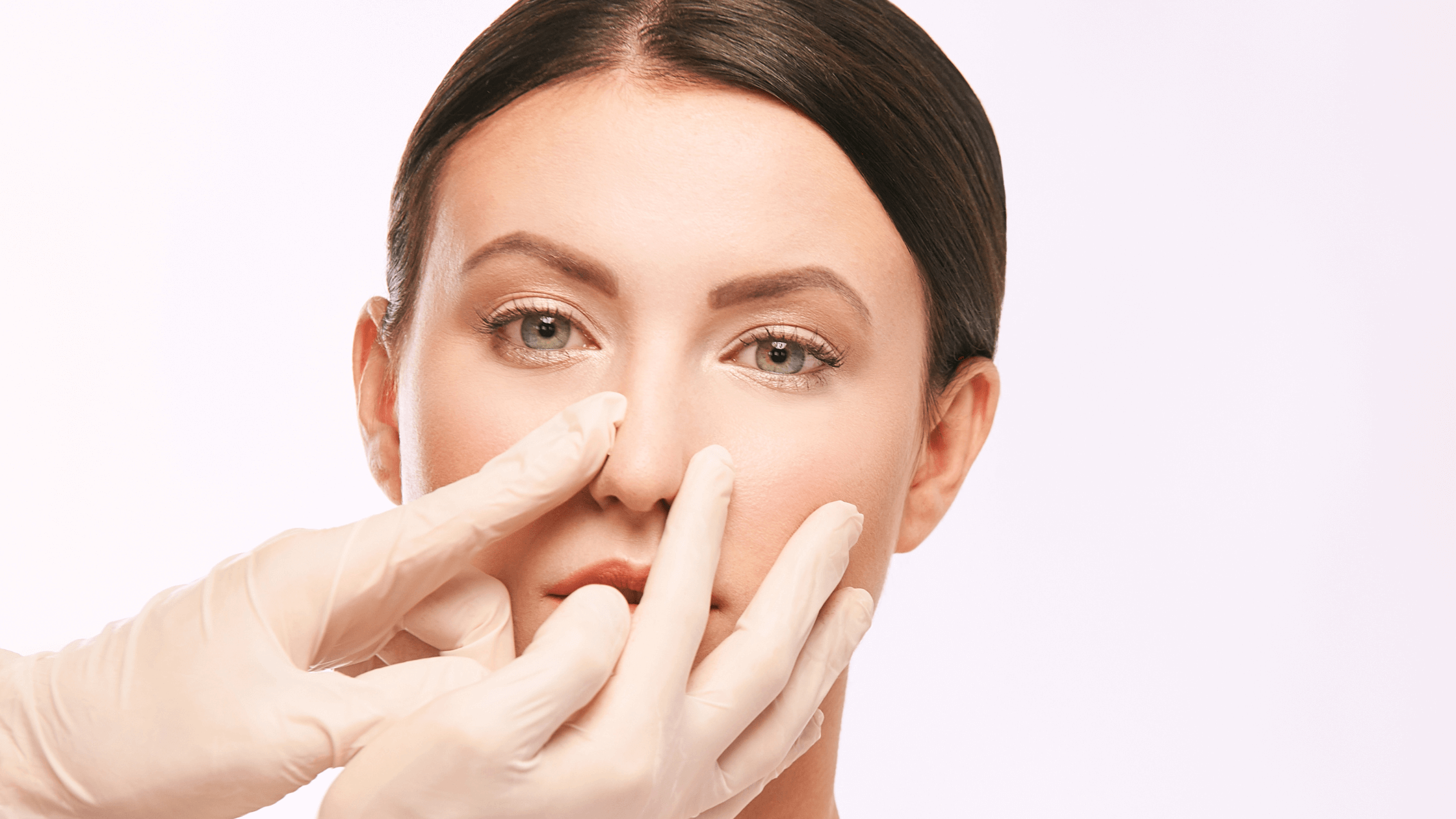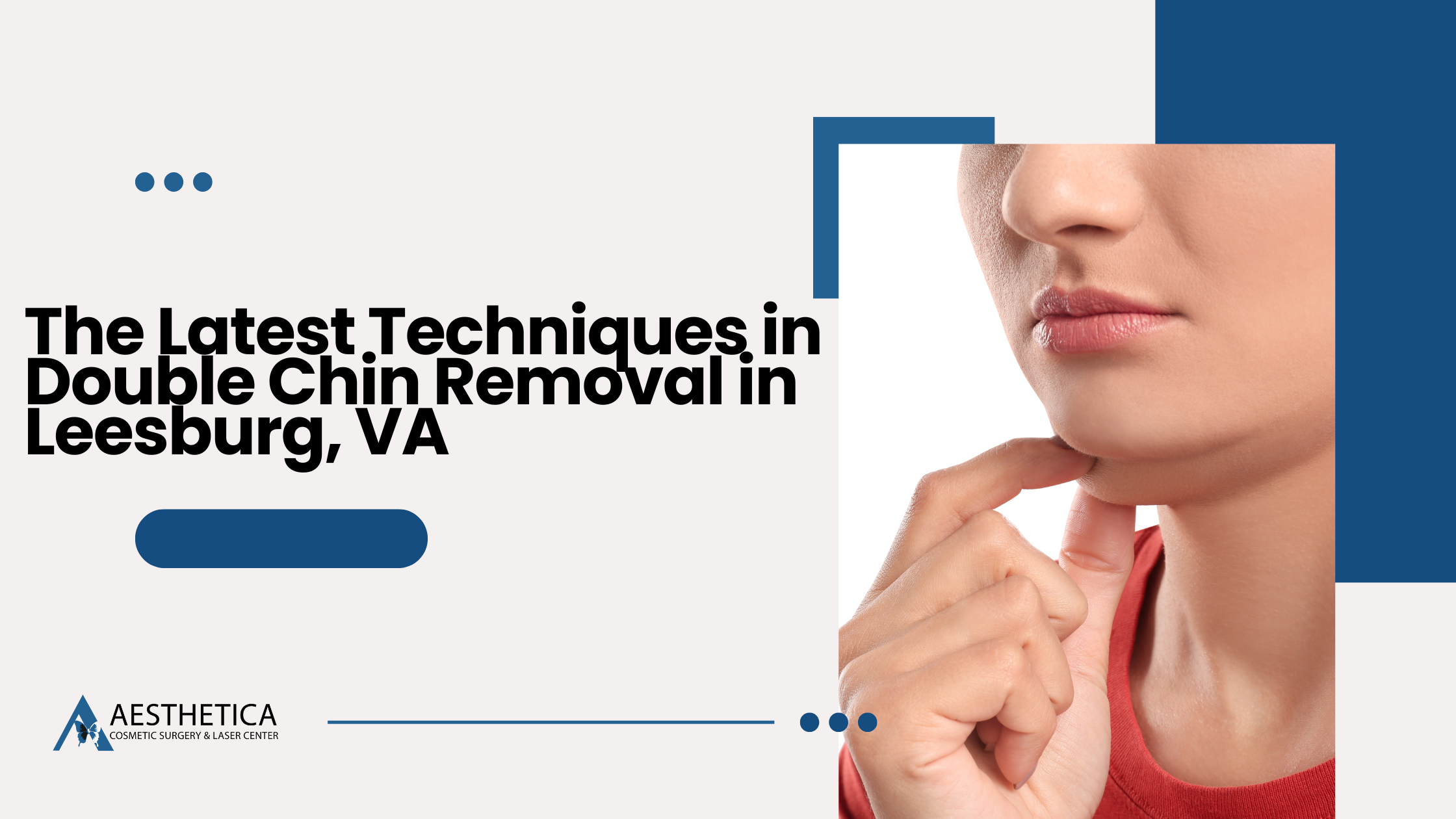Considering a Rhinoplasty? Here’s What You Should Know9 min read


Melanie Jackson

The face is one of our most attractive traits, but it can also be something many people feel self-conscious about.
With rhinoplasty surgery, you can finally say goodbye to your aesthetic concerns and embrace a new, confident you!
Don’t let your nose’s shape or bone structure hold you back any longer. Instead, embrace the power of transformation and get ready to unveil your most attractive self!
What is a Rhinoplasty?
A rhinoplasty is a plastic surgery procedure aiming to alter the nose’s shape and appearance. This cosmetic surgery can fix several nose-related issues, including:
- A bulbous, upturned, droopy, or hook-shaped nose
- A deviated septum
- Bumps or dips in the bridge of the nose
- Decrease the size of the noseIncrease the size of the nose
- Nostrils that are the wrong size, either too big or too small
- Nostrils that are turned upward
- Open blocked nasal passages
Rhinoplasties come in two types: cosmetic and functional.
A cosmetic rhinoplasty focuses on enhancing the nose’s appearance, while a functional rhinoplasty addresses the nose’s functional abilities. These two types of rhinoplasties can be combined into one rhinoplasty, making it an exceptionally versatile procedure!
Rhinoplasty vs. Septoplasty?
A rhinoplasty is a cosmetic that specifically targets the shape of your nose. Although it does help improve your breathing, this is not its exact purpose.
On the other hand, septoplasties focus on improving your breathing by correcting issues in your nasal septum.
Although they address separate nose-related issues, these two surgeries can work together during one surgical procedure. It is possible to receive both a rhinoplasty to improve the appearance of your nose and a septoplasty to help it do its job better!
Are There Alternatives to Rhinoplasty?
If your aim in a rhinoplasty is to improve the aesthetics of your nose, your best surgical option is to receive a rhinoplasty.
However, non-surgical rhinoplasties are available for patients looking to explore less invasive alternatives!
What is a Non-Surgical Nose Job?
The non-surgical rhinoplasty, or filler rhinoplasty, is the less invasive alternative to the traditional procedure.
In a filler rhinoplasty, your plastic surgeon will use dermal fillers to fill indents in your nose or correct an asymmetrical nose.
This method also corrects drooping noses and smoothes out small bumps, though its outcomes are not as striking as a conventional rhinoplasty.

How to Prepare for Your Nose Job
The best first step toward preparing for your nose job is to schedule a consultation with an experienced board-certified plastic surgeon.
During this consultation, you will discuss your goals and expectations and see how your nose could look after the surgery.
Your plastic surgeon will examine your face to determine possible surgical outcomes.
Are You the Ideal Candidate for a Rhinoplasty?
Several factors determine the best candidate for a rhinoplasty.
During your consultation, your plastic surgeon will perform a physical examination, which may include blood tests. In addition, they will examine your facial features and nose, both inside and outside. This process will help them determine if a rhinoplasty suits your aesthetic goals.
Whether or not you are an ideal candidate also depends on why you chose to get a rhinoplasty. Most of our patients aim to address aesthetic and functional issues through this procedure, such as:
- Congenital disabilities
- Open a blocked nasal passage
- Straighten a broken nose
Regain proper breathing after an injury, disease, or cancer treatment
Rhinoplasty for Men
A rhinoplasty is a cosmetic surgery that corrects the appearance of your nose, regardless of gender.
Women indeed receive rhinoplasties more often than men, although the percentage of men and people assigned male at birth undergoing this procedure grows every year!
Rhinoplasty for Bulbous Tip
Rhinoplasties are especially effective at correcting your nose’s shape issues, such as a bulbous tip. Rhinoplasties can also tackle droopy noses, hooked noses, and upturned noses.

What Does a Rhinoplasty Procedure Entail?
A rhinoplasty is a surgical procedure typically performed in an outpatient setting. Your plastic surgeon will begin by delivering general or local anesthesia, depending on the extent of your surgery and your preferences.
During the procedure, your plastic surgeon will use either an open or closed technique to reshape your nose.
The open technique is perfect for significant changes to the shape of your nose. In an open rhinoplasty, your plastic surgeon will create incisions outside your nose, separating your skin from your nose, bone, and cartilage during the surgery.
The closed technique is best for minor changes in your nasal structure. During a closed technique rhinoplasty, your plastic surgeon will create incisions inside your nose and separate your skin from your bone and cartilage.
After the incision, the plastic surgeon can approach your procedure from a variety of angles. For example, if you want to make your nose smaller, they will remove bone or cartilage from your nose. Or, if you want to make your nose bigger, bone or cartilage from your ear or rib can be grafted into your nose to increase size. They can also use similar techniques to straighten your nasal septum and improve your breathing.
Finally, the incision will be stitched closed, and you will probably have a splint placed on your nose. After a final dose of medication to numb any pain, you will be transported to a recovery room. The entire procedure will take from one to three hours.
You will likely leave the clinic the same day after the procedure. Please arrange for someone to drive you home from the clinic.
What Risks are Involved in a Rhinoplasty?
Like any other surgery, there are risks involved in receiving a rhinoplasty surgery, such as bleeding or infection after the procedure. You may also have an allergic reaction to the anesthetic.
Other risks involved in a rhinoplasty include:
- A hole in your nasal septum
- An asymmetrical nose
- Discolored skin
- Permanent numbness around your nose
- Swelling
- Scarring
- The need for a second surgery
- Trouble breathing through your nose
What Does the Rhinoplasty Recovery Timeline Look Like?
You may experience memory lapses, impaired judgment, or a slower reaction time the first few days after your surgery. These symptoms are caused by anesthesia and will resolve within a few days after surgery.
Make sure you take one to two weeks off work to give yourself ample time to rest. Your discomfort will improve with each passing day of your recovery.
Most patients recover within the first week after surgery and return to their daily routines within two to four weeks. We strongly advise our patients to avoid strenuous exercise until four to six weeks after surgery.
Rhinoplasty Swelling Stages
One of the most common side effects that patients have after rhinoplasty is facial and nasal swelling. In addition to these side effects, you may experience nasal congestion or black-and-blue coloring around or on your eyelids. Fortunately, these symptoms resolve soon after the procedure.
You can improve symptoms of nasal swelling by avoiding eating high amounts of sodium. You can also put a cold compress on your face, but do not use ice, and do not put it directly on your nose.
Nasal swelling after a rhinoplasty occurs in multiple stages:
- In the first stage, your nose will be swollen, making it look and feel much larger. This stage will last four to six weeks.
- In the second stage, your swelling will gradually decrease. It should be close to 90% reduced about one to three months after surgery.
- In the final stage, most of your swelling should be resolved. Minimal swelling may remain, but it should not be noticeable.
Sometimes, the rhinoplasty healing process involves asymmetrical healing, in which only one side of your nose swells, making your nose look crooked. No need to worry, however, as this results from how your body chooses to heal from the surgery. Your nose is not suddenly crooked and should return to normal within a few weeks after the surgery.
When Will I See My Rhinoplasty Results?
Your final rhinoplasty results will appear about one year after your surgery. However, there will be noticeable changes in your nose about one week after surgery. Your nose will continue to change from the surgery during this timeframe until one year after your rhinoplasty, when the swelling will have decreased. It is then that your rhinoplasty results will become fully apparent.
Proper Rhinoplasty Aftercare
Your plastic surgeon will likely apply splints and gauze to your nose after surgery. It would be best if you rested in bed with your head raised above your chest. This posture will limit bleeding and swelling.
Avoid exercising, blowing your nose, or extreme facial expressions to minimize the risk of straining your nose. Do not wear glasses for four weeks. Instead, you can tape your glasses to your forehead or use cheekrests.
You can also reduce your pain during the first few days after surgery by applying a cold compress, not ice, to your cheeks. Never apply this directly to your nose, as it can put pressure on it. You can also take any prescribed or over-the-counter pain medication to reduce pain.
A rhinoplasty is a great option if you need to either fix the functionality of your nose or improve its appearance. Here at Aesthetica, we offer rhinoplasties so that you can have improved confidence and enjoy a healthy nose!
Considering a Nose Job? Aesthetica Has Got You Covered!
Ready for your rhinoplasty? Come meet with us at 19500 Sandridge Way, Suite 350, Leesburg, VA 20176, or call us at (703) 574-4342 for a complimentary consultation with Board-Certified Plastic Surgeon Dr. Phillip Chang before moving forward with your procedure. If everything matches up, our team will help you navigate the entire process, from beginning to end. Also, don’t forget to check out our blog and social media for more information on cosmetic surgery trends!
Let Us Help You!
Our office can provide you with helpful information, schedule a free consultation, and walk you through the many services and procedures we provide.
Contact Dr. Chang's Office:
More Articles For You

The Latest Techniques in Double Chin Removal in Leesburg, VA
In the charming town of Leesburg, VA, where looking good and feeling great are top

The Art of Refining the Side Profile of a Woman through Plastic Surgery
In the realm of cosmetic enhancements, the side profile of a woman holds a pivotal

Enhance Now, Pay Later: Plastic Surgery Payment Plans in Leesburg, VA
In the picturesque town of Leesburg, VA, pursuing beauty and self-improvement is a journey many

Areola Reduction for Men in Loudoun County
In the heart of Loudoun County, where the beauty of nature meets bustling urban life,
